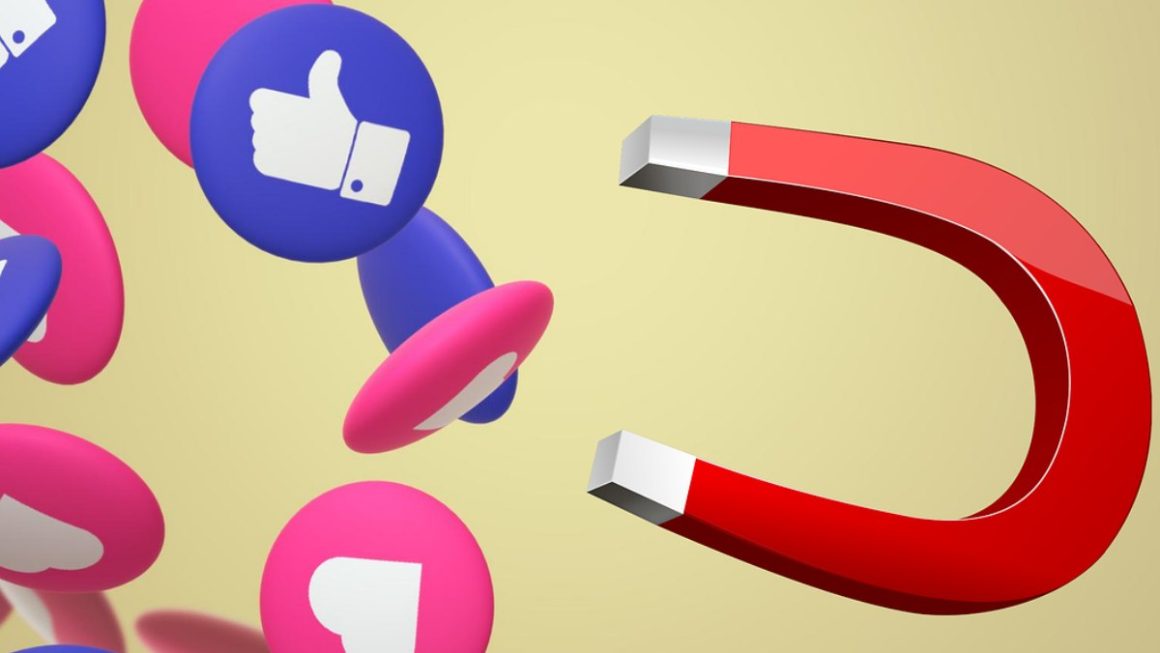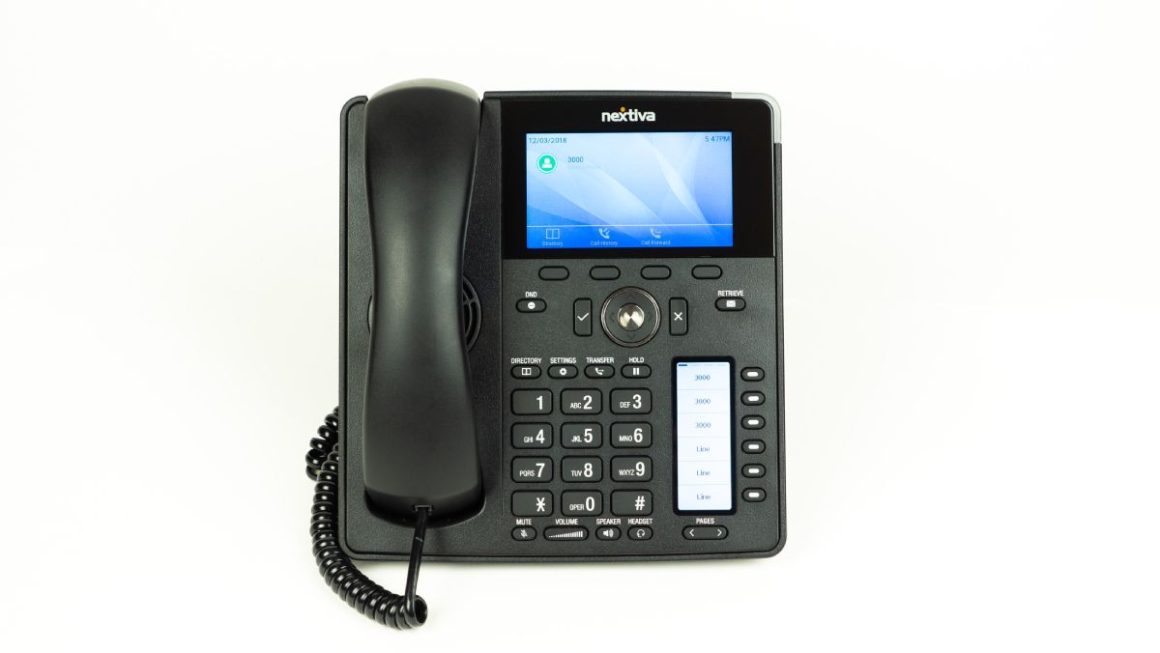3D printing, also known as additive manufacturing, is a method of creating a three-dimensional object layer-by-layer using a computer created design.
In 3D printing, for ‘printing’ a desired object, through an additive process, the printer places layer after layer of material until the object is created. We can consider each layer as a finely sliced cross-section of the printed item. Thus, with 3D printing, complicated shapes can be produced without consuming as much material as traditional manufacturing methods require.
PEEK (Polyether-ether-ketone) filament is considered as one of the world’s highest-performing engineering thermoplastics, offering exceptional chemical resistance and excellent mechanical properties at high temperatures.
The main applications of PEEK in additive manufacturing include metal-replacement, functional prototyping, and end-use parts for industries like aerospace, automotive, oil and gas, medical, dental, and research.
In 3D printing, print adhesion is a critical part of the process. It would be difficult to clean the bed after each print. To resolve this issue, polyetherimide (PEI), is a “relatively maintenance-free” build surface which is used for all types of filament on a heated or unheated print bed. With PEI, you would not be needing any additional adhesives such as glue or tape.
There are three broad types of 3D printing technology: sintering, melting, and stereolithography.
- Sintering is a technology where the material is heated, but not to the point of melting, to create high-resolution items. Metal powder is used for direct metal laser sintering while thermoplastic powders are used for selective laser sintering.
- Melting methods of 3D printing include powder bed fusion, electron beam melting, and direct energy deposition, these use lasers, electric arcs, or electron beams to Print Catalog objects by melting the materials together at high temperatures.
- Stereolithography utilises photopolymerization to create parts. This technology uses the correct light source to interact with the material in a selective manner to cure and solidify a cross-section of the object in thin layers.
The advantages of 3D printing include:
- Bespoke geometric parts can be easily created using 3D printing technology and added complexity comes at no extra cost. 3D printing is even cheaper than subtractive production methods in some cases as no extra material is used.
- The 3D manufacturing costs are relatively low as no moulds are required. The cost of a part is directly related to the amount of material used, the time taken to build the part, and any post-processing that may be required.
- Since 3D printing is based upon computer aided designs (CAD), there is no impact on manufacturing costs in case of product alterations.
- Because the technology allows small batches and in-house production, this process is ideal for prototyping, which means that products can be created faster than with more traditional manufacturing techniques, and without the reliance on external supply chains.
One needs to take care of the following limitations of 3D printing:
- Reduction of strength: Due to parts being built up layer-by-layer, the strength of the parts is reduced between 10 and 50%, as the parts manufactured are more brittle than those created by traditional manufacturing techniques.
- Large production runs are more expensive with 3D printing as economies of scale do not impact this process as they do with other traditional methods.
- 3D printed parts may not always be exact, as the accuracy of a printed part depends on the type of machine and/or process used.
- Most 3D printed parts require some form of post-processing, like sanding or smoothing to create a required finish or the removal of support struts heat treatment, etc.




